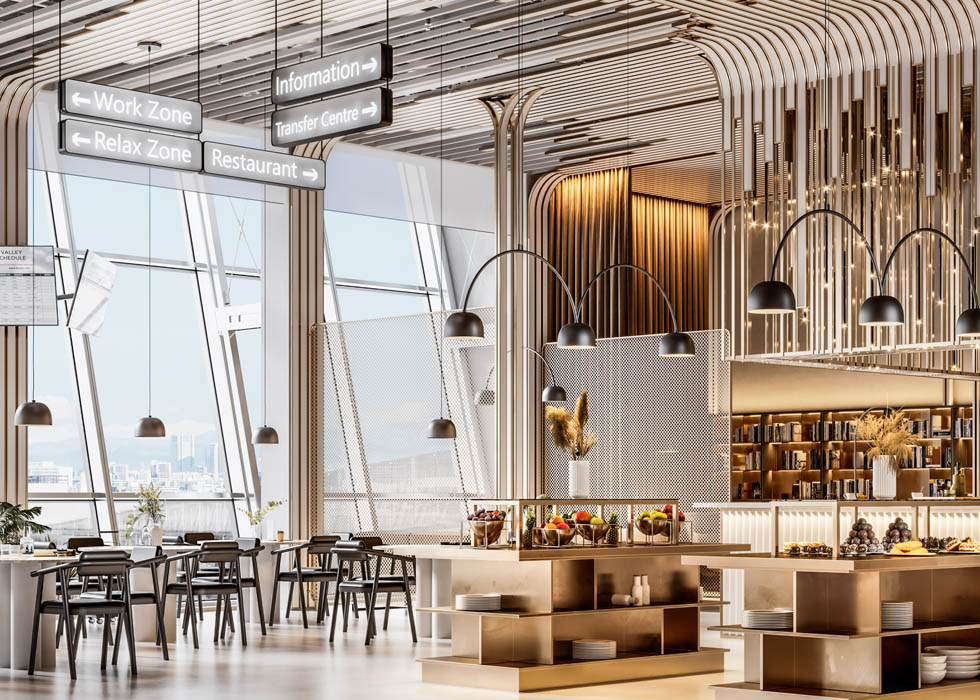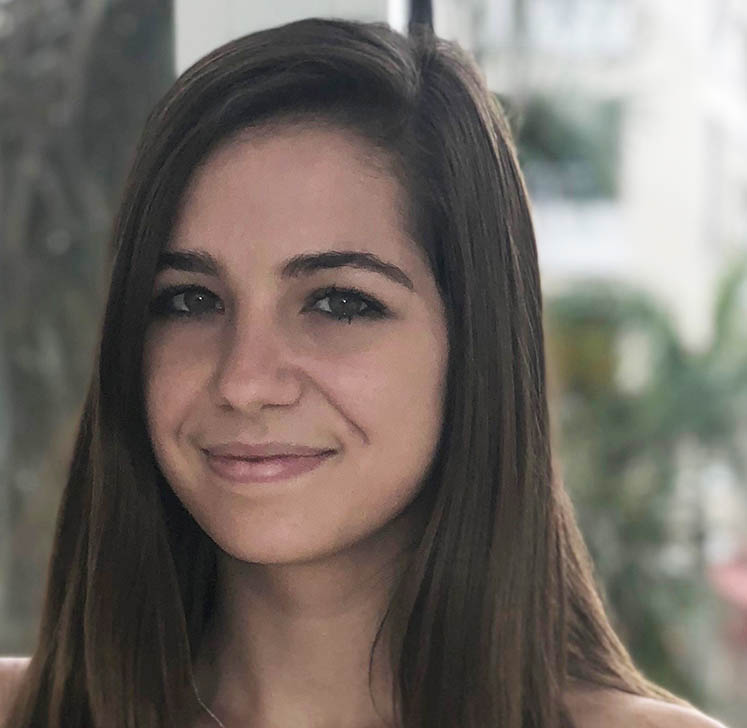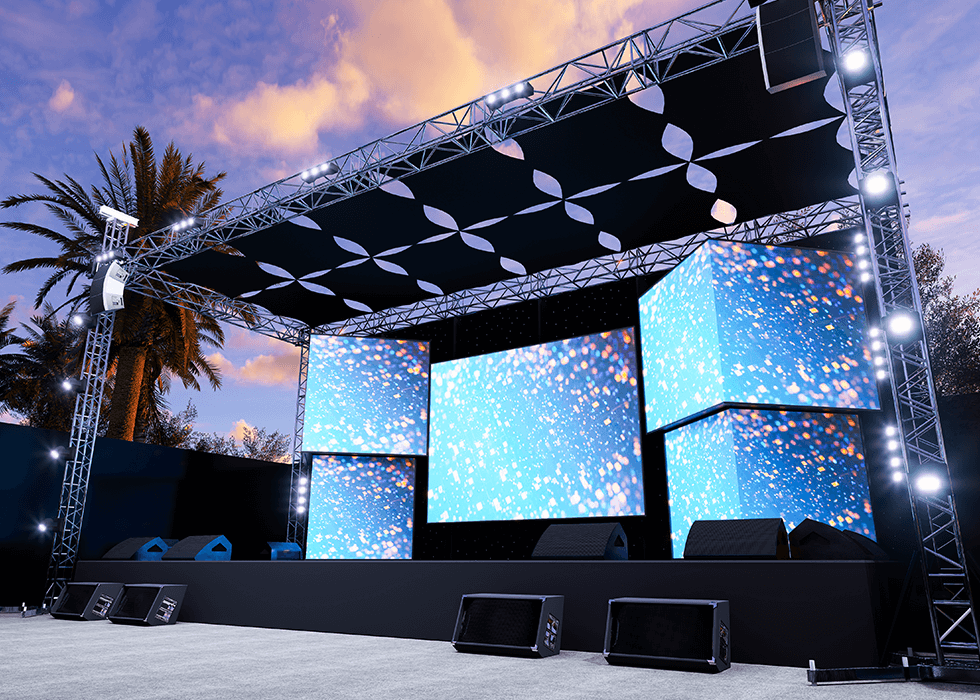Patterns Become Pathways in Experiential Design
 Experiential design is about a lot more than placing screens. It starts with people and patterns. It then utilizes technology in novel ways to create an ideally holistic experience.
Experiential design is about a lot more than placing screens. It starts with people and patterns. It then utilizes technology in novel ways to create an ideally holistic experience.
At InfoComm 2022 in Las Vegas, Ryan Howard, who created and leads Experience Platforms at Google, led a panel discussion entitled Using Audience Journeys to Drive Responsive Content. The session explored how Google and its design partners have been rethinking the way that content is produced across varied environments.
The panel included David Waingarten, creative director of Downstream, a global design agency that is working with Google; Katie Polenick, design director of strategy for Downstream; Emilie F. Grenier, head of creative at Thinkwell Studio Montréal, who leads her teams to create large-scale multisensory journeys; and Seema Patel, who leads global strategy for experiences in Google's spaces.
One thing that Google and its partners have done is systematized common thinking patterns into their tooling and expanded responsive web approaches to the physical environment to aid in experiential storytelling.
“So, the way we think of experience design is that it centers users and their journeys to create seamless experiences that hopefully establish or strengthen a relationship with our company and with our brand,” said Patel. “And when I say holistic, we consider a guest experience to be anything that they see, smell, hear, taste or touch. So, we think about that complete experience. We think about how we can use many different tools to tell a story and technology is one tool in the toolbox.”
An example of one of Google’s projects is one made about six years ago where the goal was to communicate to users that Google photos leverage Artificial Intelligence (AI) and machine learning to make searching and finding photos on your phone extremely fast.
“One way you can tell that story is with a screen on a wall and a slick produced video that goes into all this depth and detail about all machine learning that helps you search and find photos really quickly,” said Patel. “But instead, what this team came up with was the idea of a taco truck.”
READ THE FULL ARTICLE IN THE XCHANGE






